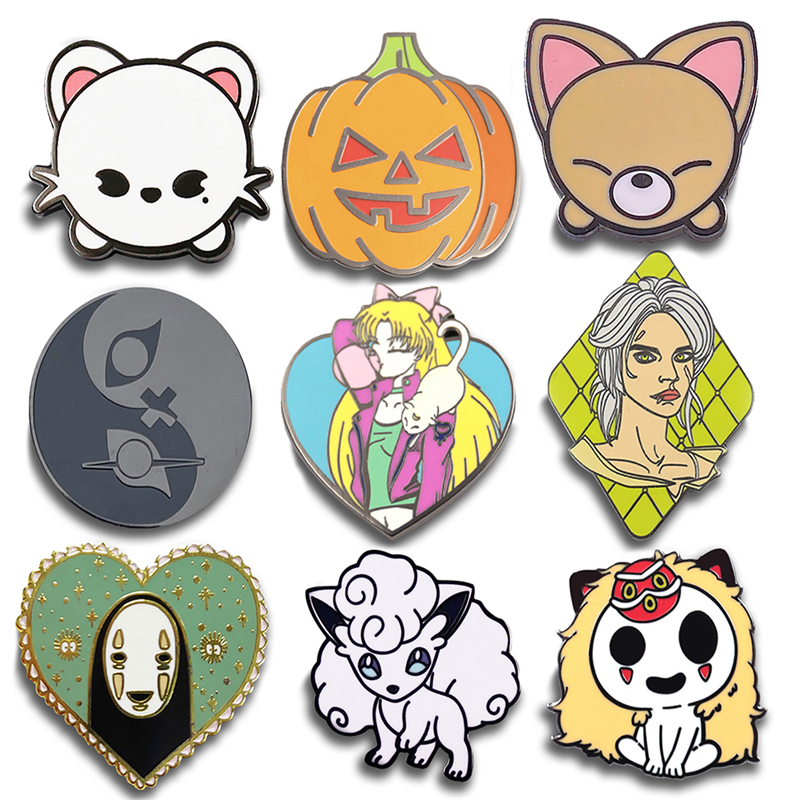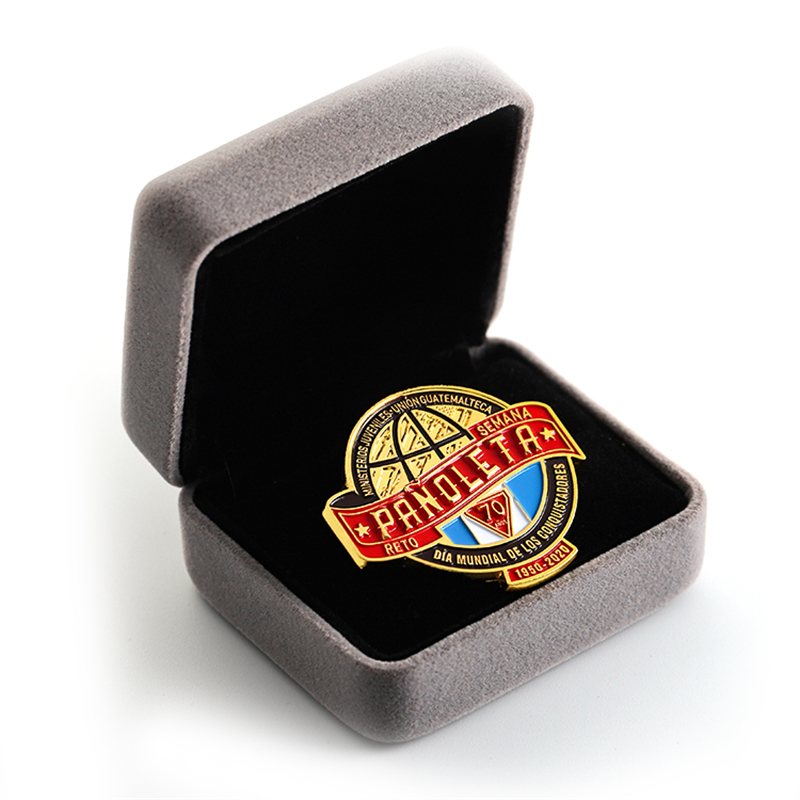badge pin design is a creative process that involves crafting small, wearable pieces of art that serve both functional and aesthetic purposes. These designs often encapsulate themes, logos, or symbols that represent organizations, events, or personal interests. The art of badge pin design requires a blend of artistic skill, understanding of materials, and knowledge of manufacturing techniques to create pins that are not only visually appealing but also durable and comfortable to wear. Each design element, from the choice of colors and shapes to the arrangement of text and imagery, contributes to the overall impact and message of the badge pin. Whether for promotional purposes, as a form of identification, or as a collectible item, badge pin design is a specialized field that merges creativity with practicality.
Innovative Techniques in Badge Pin Design
Innovative Techniques in Badge Pin Design
In the realm of accessory design, badge pins have emerged as a versatile and expressive medium, capturing the essence of identity, affiliation, and personal style. As the demand for unique and meaningful accessories grows, designers are continually exploring innovative techniques to enhance the aesthetic and functional aspects of badge pin design. This exploration not only pushes the boundaries of creativity but also ensures that badge pins remain relevant and appealing in a rapidly evolving fashion landscape.
One of the most significant advancements in badge pin design is the integration of modern manufacturing technologies. Laser cutting, for instance, has revolutionized the precision and detail achievable in pin designs. This technique allows for intricate patterns and complex shapes that were previously difficult to execute with traditional methods. The use of laser cutting not only enhances the visual appeal of badge pins but also increases their durability, making them suitable for long-term wear and display.
Another innovative approach in badge pin design is the incorporation of diverse materials. While metal has long been the standard for badge pins, designers are now experimenting with a variety of materials, including wood, acrylic, and even biodegradable options. This material diversity not only offers a broader range of aesthetic possibilities but also aligns with contemporary concerns for sustainability. For example, wooden badge pins can be crafted from reclaimed or sustainably sourced wood, adding a unique texture and warmth to the design while minimizing environmental impact.
Color application is another area where badge pin designers are pushing the envelope. Traditional enamel filling has been complemented by advanced printing techniques that allow for full-color imagery and gradients. Digital printing on metal surfaces enables the creation of badge pins with vibrant, photo-realistic designs, opening up new possibilities for personalization and artistic expression. This technique is particularly beneficial for organizations and brands looking to convey complex logos or detailed messages through their badge pins.
In addition to these technical innovations, designers are also focusing on the ergonomic and functional aspects of badge pin design. The shape and size of badge pins are being reimagined to ensure comfort and ease of use. For instance, magnetic backing systems are being introduced to replace traditional pin backs, offering a safer and more convenient attachment method. These magnetic backs eliminate the risk of pinching and are particularly advantageous for children’s badges or for events where frequent removal and attachment are necessary.
Furthermore, the concept of interactive badge pins is gaining traction. Designers are incorporating elements such as LED lights, sound chips, and even small screens into badge pin designs, transforming them into dynamic and engaging accessories. These interactive features not only make badge pins more fun and memorable but also extend their utility beyond mere decoration. For example, a badge pin with an LED light can serve as a practical accessory for low-light situations, while one with a sound chip can play a personalized message or a favorite tune.
In conclusion, the field of badge pin design is witnessing a remarkable evolution, driven by innovative techniques and a commitment to creativity and functionality. As designers continue to explore new materials, manufacturing methods, and interactive features, badge pins are set to remain a cherished and versatile accessory, reflecting the ever-changing landscape of personal expression and identity. The future of badge pin design promises even more exciting developments, ensuring that these small yet significant accessories continue to captivate and inspire.





